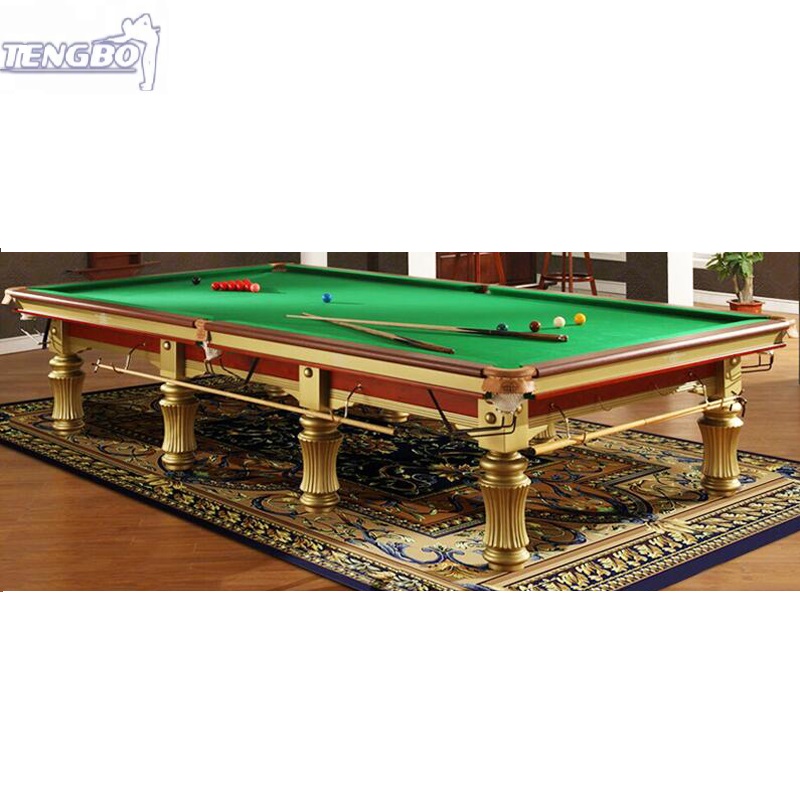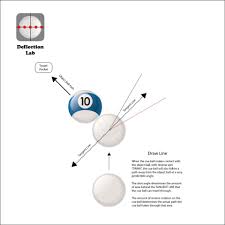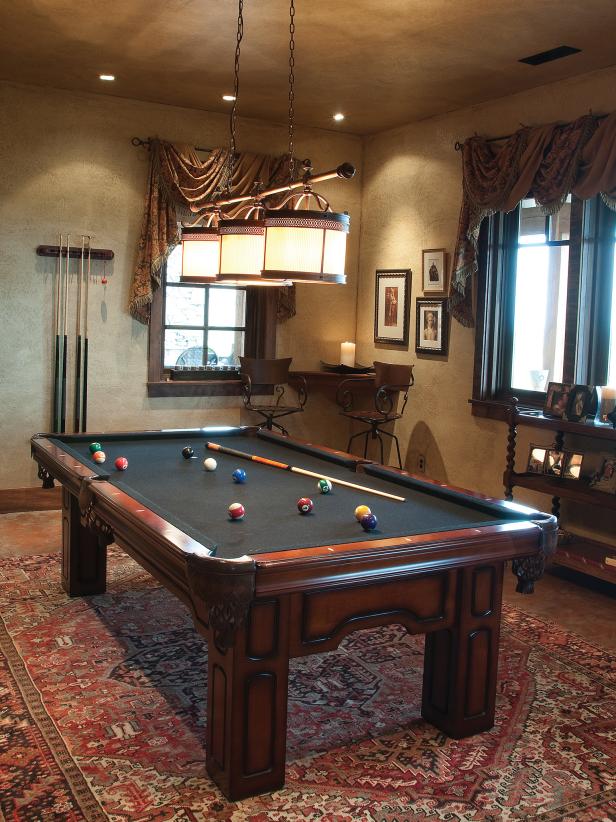
Pool balls can come in many different designs and colors depending on their manufacturer and the type and resin of plastic used. The quality of your pool ball is crucial to playing well and for professional players. A set of high-quality balls will last a lifetime.
The first pool ball was made of wood. As the game evolved over time, the ball manufacturers looked for alternatives to wood. The first pool balls were made from ivory in the 17th Century. This was because it was durable and smooth. It was also very affordable to produce. The population of elephants declined in the 19th century. Manufacturers sought other options.

Then, in 1907, an American chemist named Leo Baekeland invented a type of plastic called bakelite. In the 1920s bakelite became a favorite option for pool balls. Compared to celluloid balls, bakelite was less flammable and more durable. It was easy to make and didn't explode. Although it is a kind of plastic, it's not the same resin as today. It is a thermosetting resin that cannot be melted.
A plastic mixture of nitrocellulose, alcohol was the next type of pool ball. This resin is still used today, and it is called phenolic resin. Phenolic resin is also used for circuit boards. This resin is strong and durable, making it a popular material for making pool balls. The resin is used in the manufacture of pool balls using a process similar that of bakelite.
Polyester is another plastic that is used in pool balls. Compared to phenolic resin, polyester is cheaper. However, it does not maintain its shine for as long as phenolic resin. Polyester is also not very durable. Pool balls made of polyester tend to wear out more quickly. They also tend to wear out faster than phenolic resin balls.
Saluc, an Belgian company, was founded in 1923 to manufacture pool balls. Saluc is most famous for Aramith balls, which are made from pure phenolic. Aramith balls have a mixture of phenolic resin and bakelite. A thermosetting plastic, phenolic resin is durable. It can last upto 40 years. It can also be used to make volleyball ball, which can withstand upto 400 000 impacts.

Apart from the above, pool balls can also be made with other types plastic. While polyester pool balls are cheaper than phenolic, they are less strong than phenolic. Additionally, polyester pool ball will not last as long phenolic resin pool balls. They are however affordable and long-lasting enough to be used by beginners. Although they are more expensive than phenolic resin pool ball, they are a good choice for tournaments.